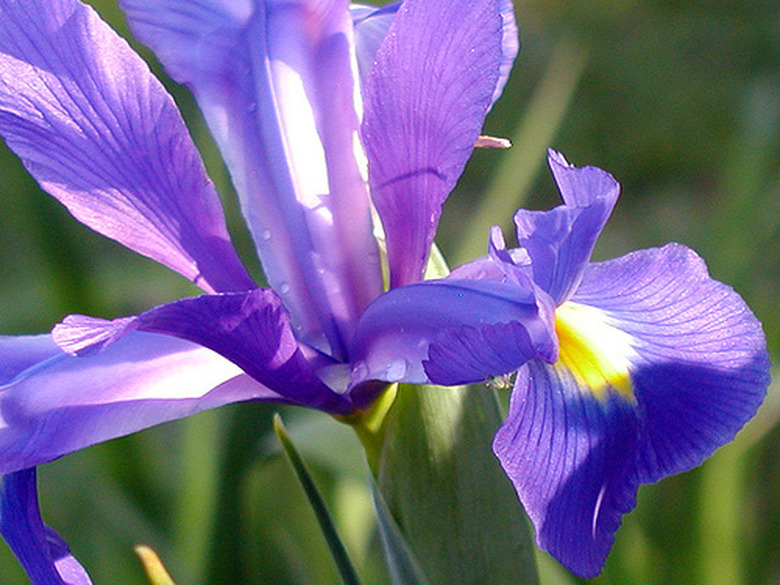Best Time To Plant An Iris
Things Needed
- Peat moss
- Trowel
- Iris bulbs or plants
Tip
Irises grow best in soil that has a pH of between 6.5 and 6.8.
An iris is a perennial flowering plant that grows from a bulb. There are about 300 species of iris plants, all with slight variations in the appearance and color of the flower. Iris flowers attract pollinating insects, like bees, because of their long outer petals. Irises are usually planted in flower gardens, but they can also be grown in pots.
Step 1
Decide whether you would like to plant iris flowers or bulbs. Bulbs require more care but tend to be less expensive than purchasing already-developed iris plants from your local nursery. If you like the look of already-matured plants in your garden, you might prefer to splurge on a plant that will fill up your garden immediately.
- An iris is a perennial flowering plant that grows from a bulb.
- If you like the look of already-matured plants in your garden, you might prefer to splurge on a plant that will fill up your garden immediately.
Step 2
Plant bulbs in the fall, when there are no signs of frost on the ground. Plant or transplant full-grown iris plants after they have finished flowering in the fall or the early winter, before any signs of frost.
Step 3
Plant iris bulbs or plants in an area that gets plenty of sun. Irises like a full-sun environment and will thrive in an area that receives sun for most of the day. Irises will grow in part shade, but might not flower as often.
Step 4
Dig a small patch around the area in which you will plant your iris plants or bulbs, and mix a third peat moss into two-thirds soil. Plant each iris plant so the rhizome, or root stalk, is not crowded but sticking up just slightly out of the soil. Each iris plant should have about 1 foot of space between other plants in the garden. If you are planting bulbs, place them 4 inches into the dirt at the most, with the top of the bulb protruding. Do not plant bulbs too deep or the iris will not come up. Pack the dirt carefully around the plant or bulb to prevent root rot.
- Plant bulbs in the fall, when there are no signs of frost on the ground.
- Irises like a full-sun environment and will thrive in an area that receives sun for most of the day.
Step 5
Transplant iris plants when the weather is cool, but not freezing. The best times to transplant iris plants from one part of the yard to another is during the fall or spring, when there is no sign of frost on the ground. Plant transplanted irises in an area that receives full sun, if possible.
